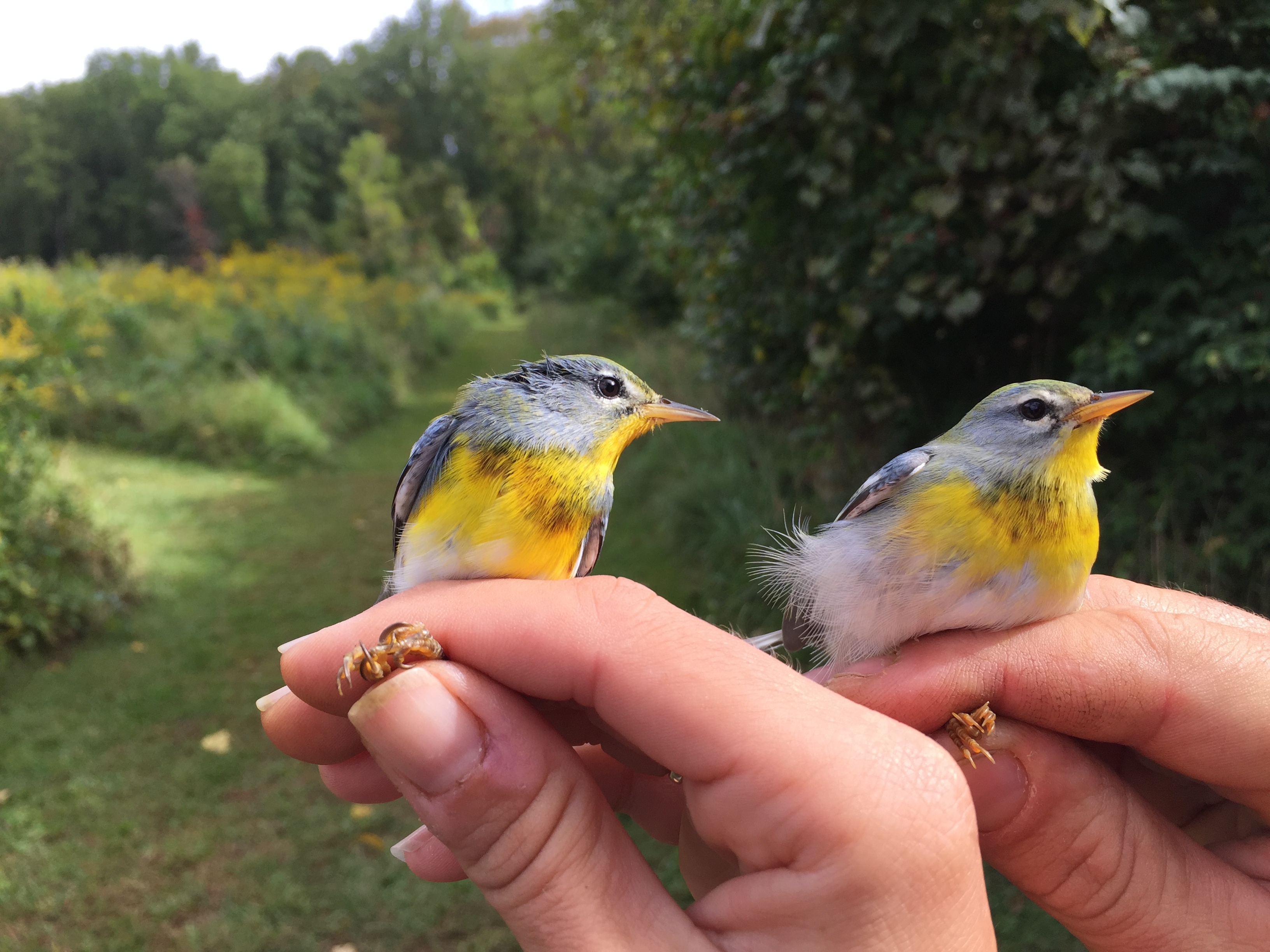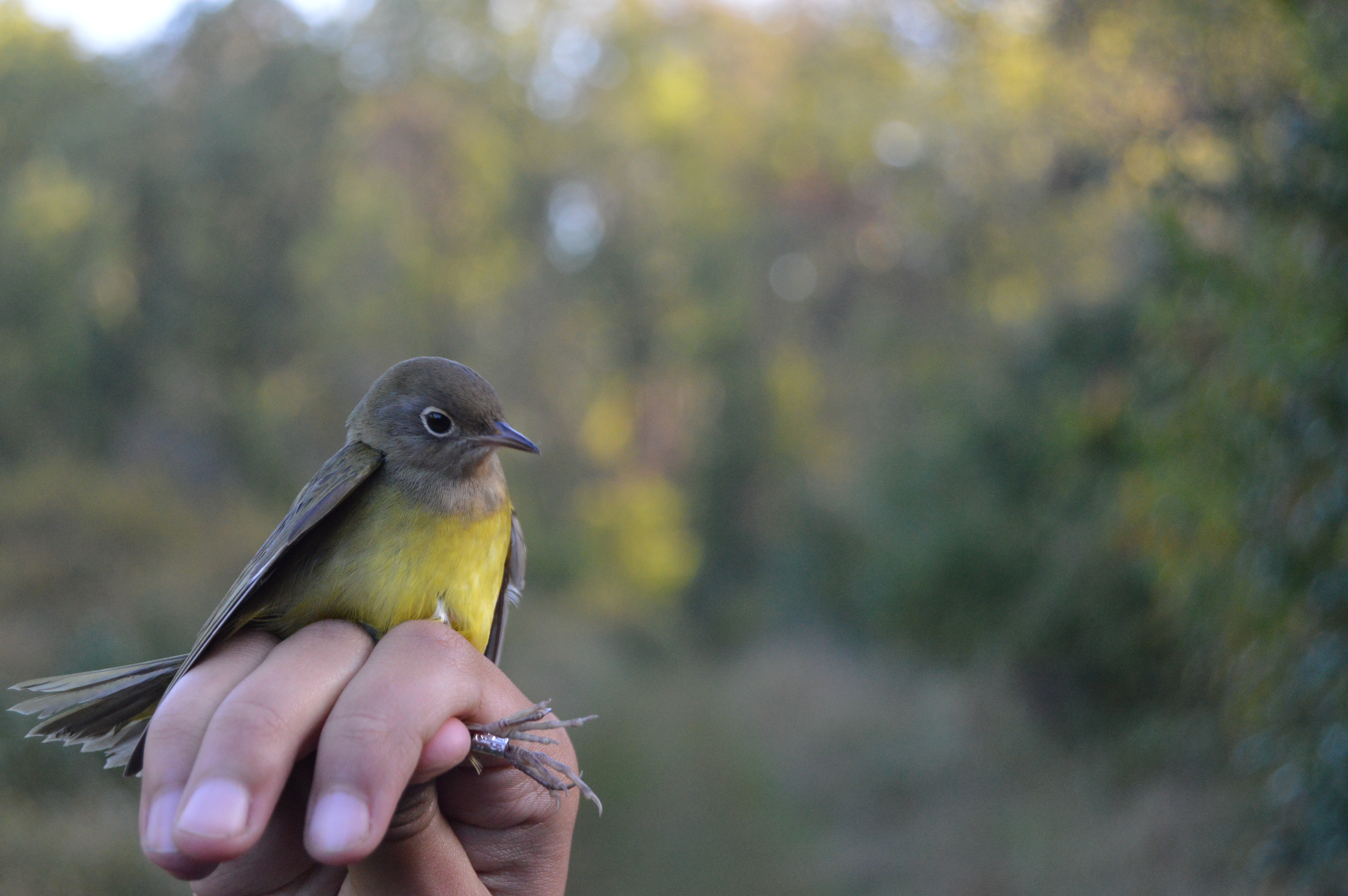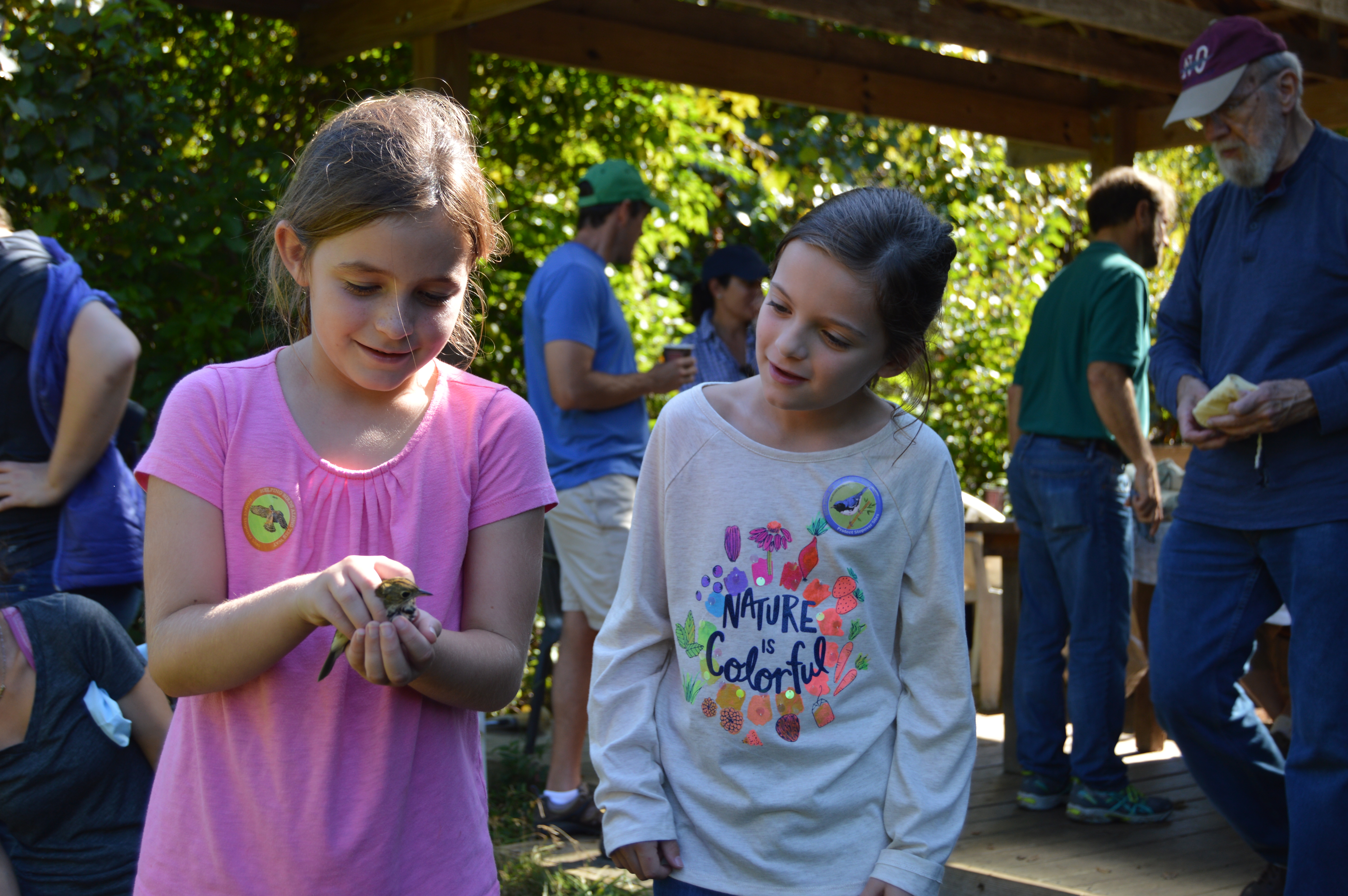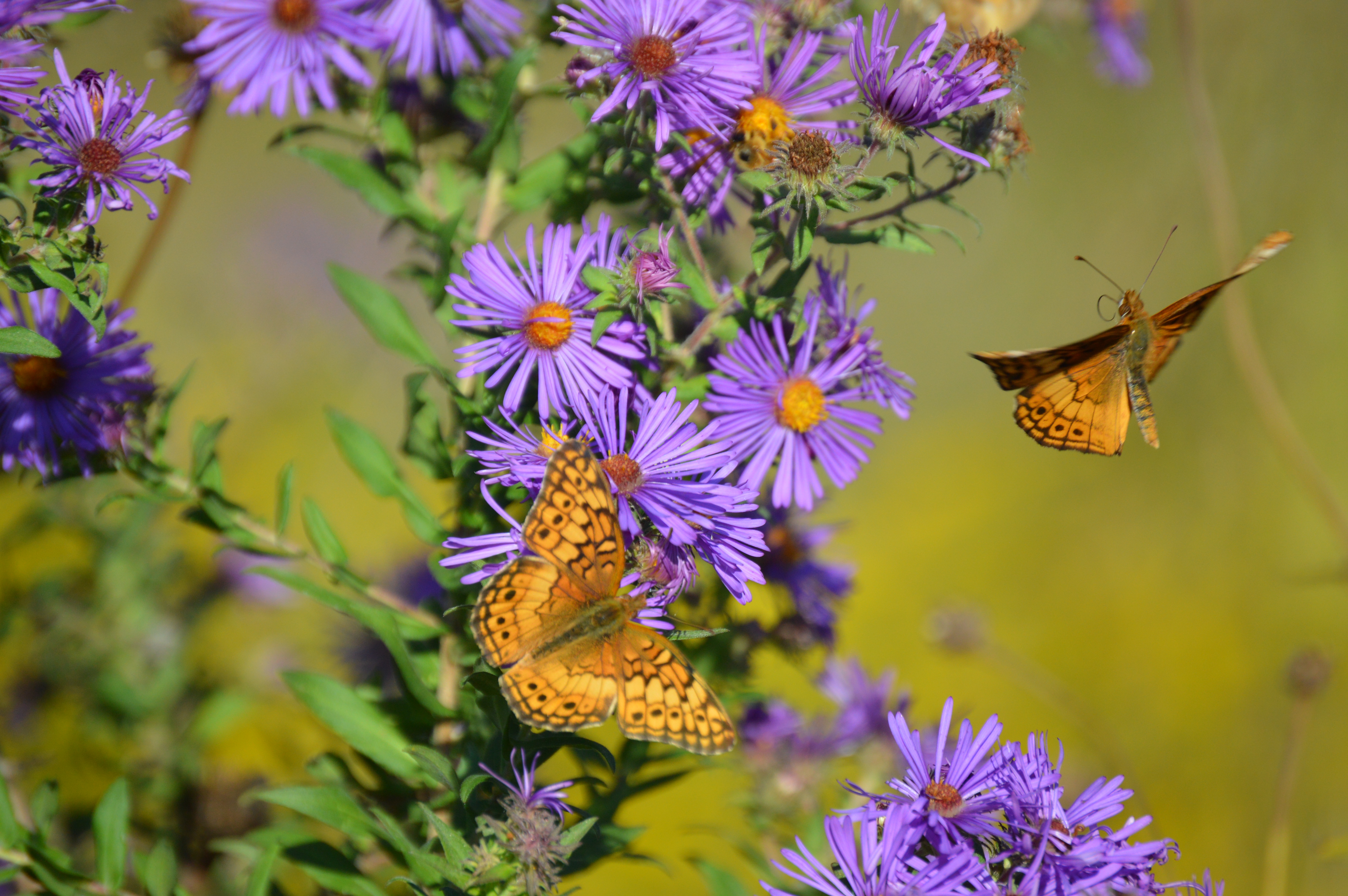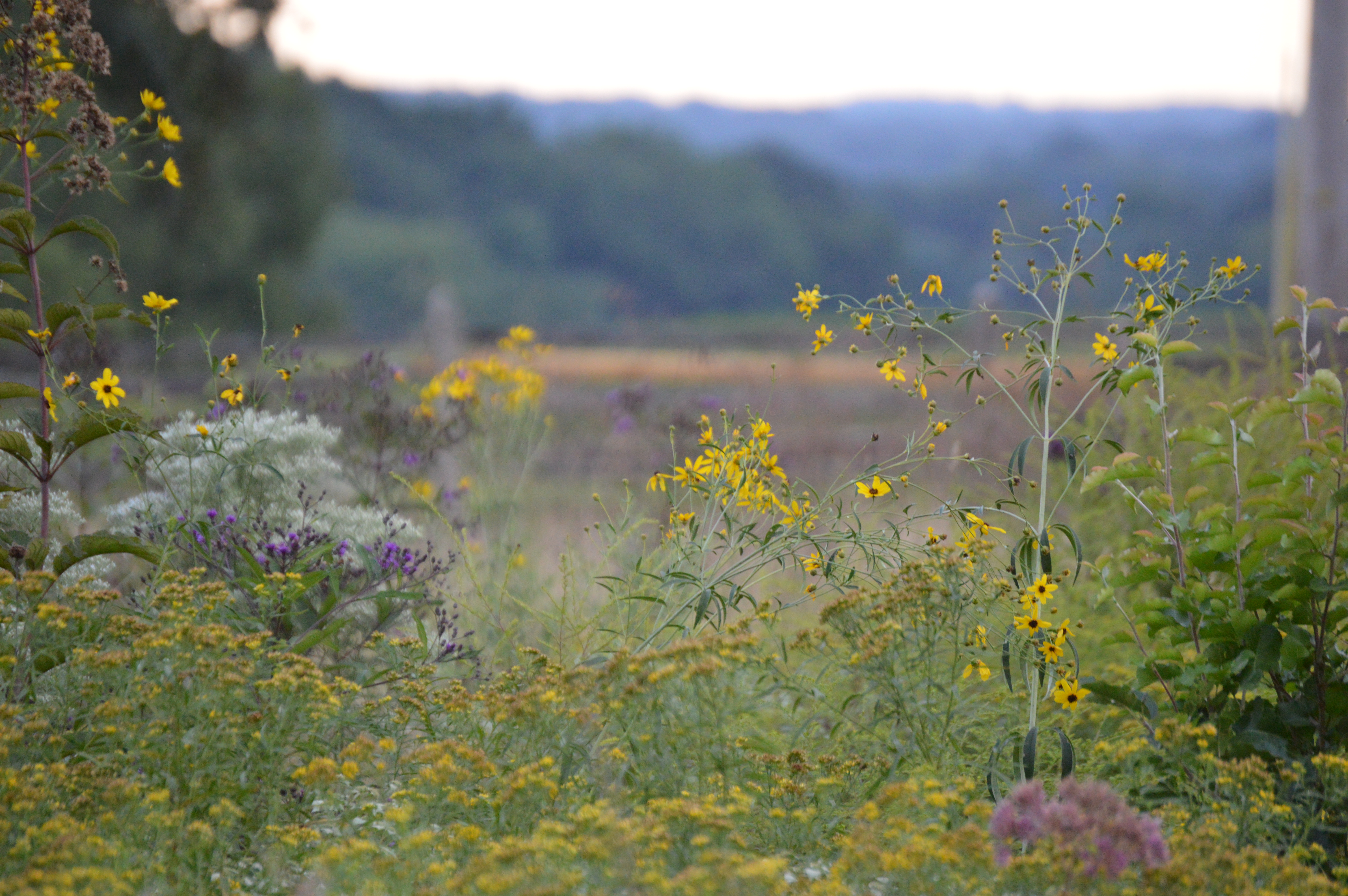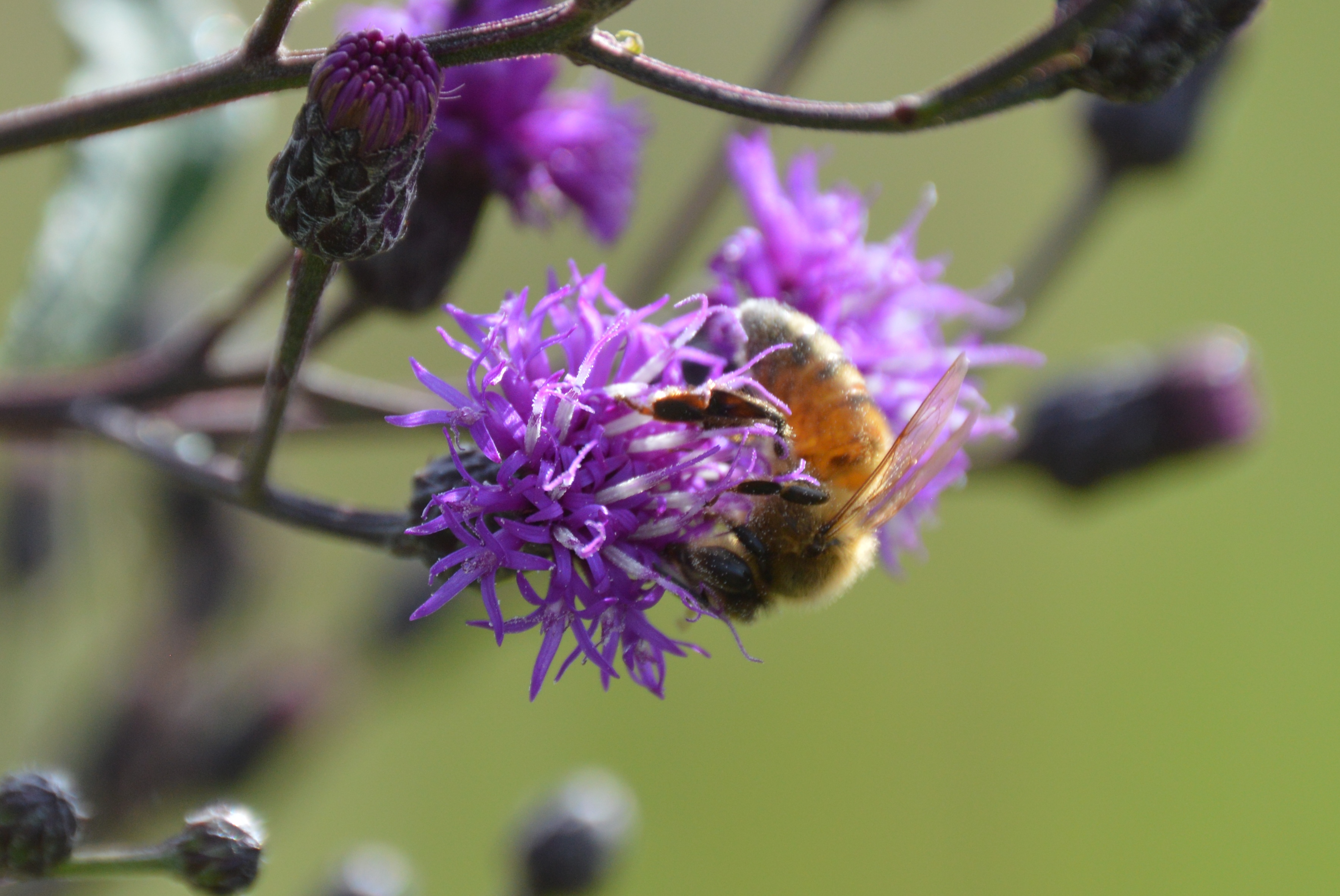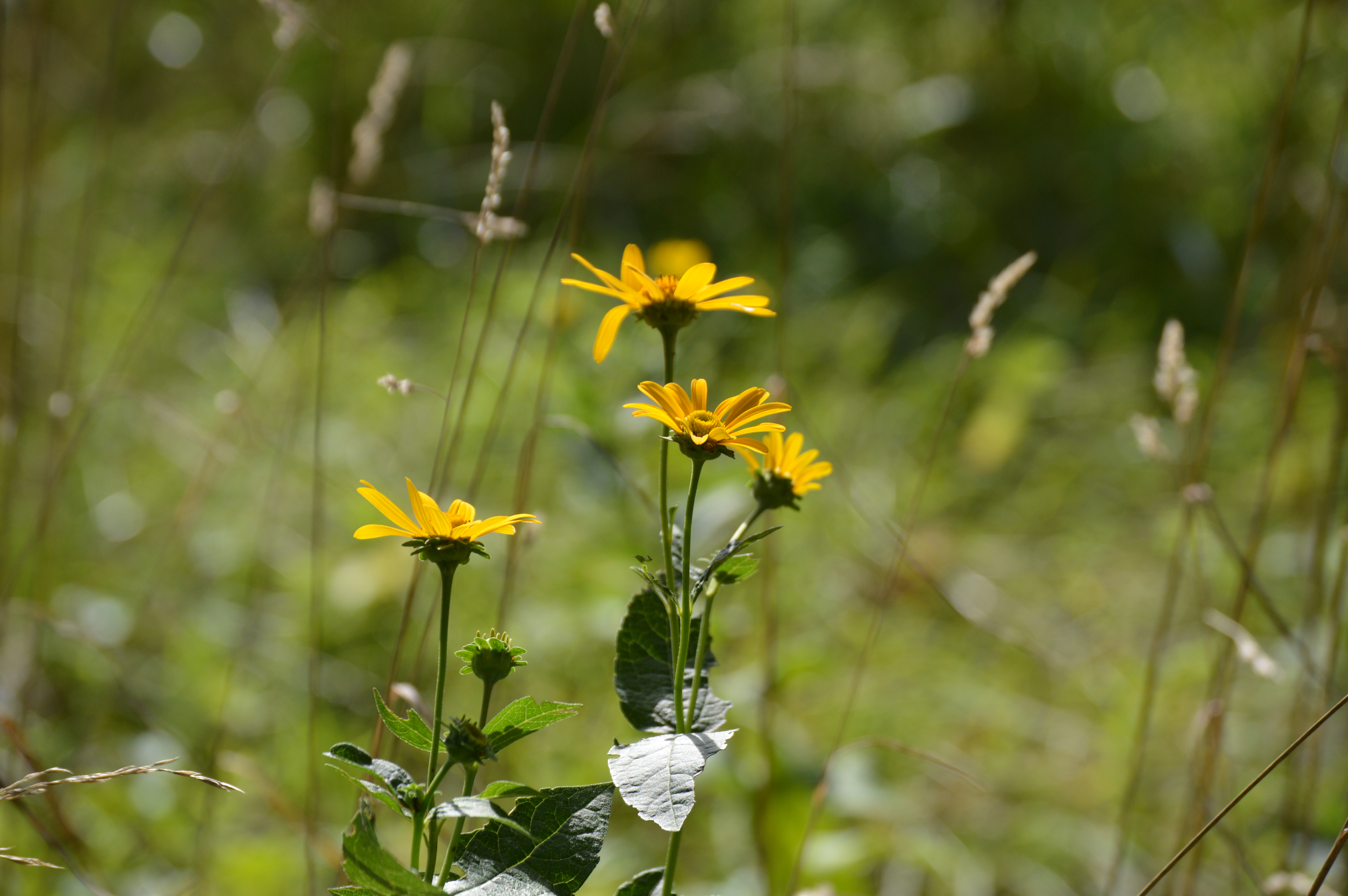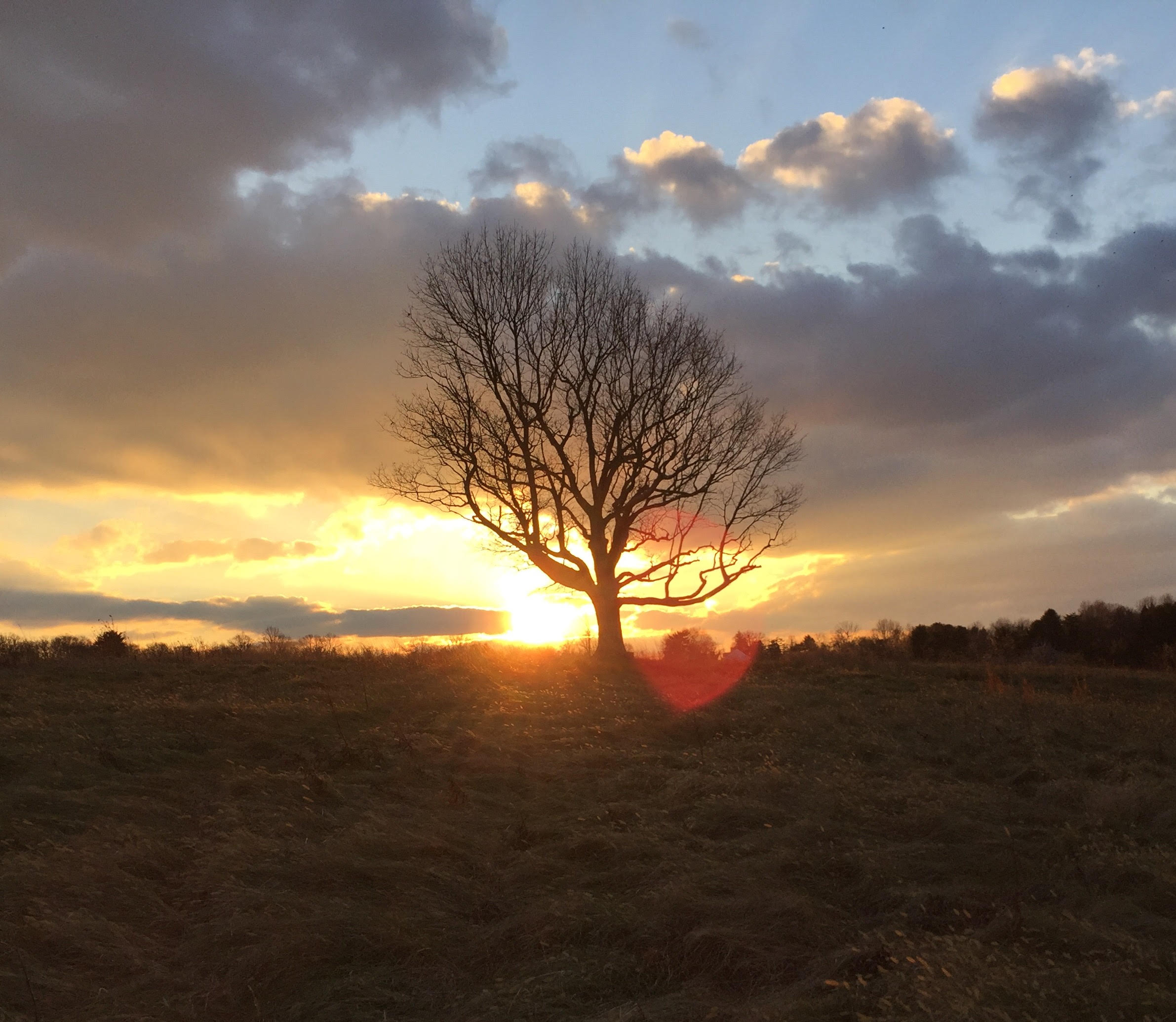
The Rushton banding crew was back at it this morning, collecting as much data as possible before the temperature exceeded the safe limit of 78 degrees. Although it is important to collect an accurate census of the migratory birds using our protected open space here in Willistown, it is even more important to us to keep each individual bird as comfortable and healthy as possible. Soon autumn will reign over summer, and the mornings will be crisp and cool— just what a fully feathered athlete prefers.
Even though we closed the nets over an hour early, we still caught 33 birds of thirteen species. It was a quality assortment containing little gems like the Magnolia Warbler pictured above, which is making its first journey from the boreal forest of northern climes to the mangrove forests of the tropics.


Other interesting species included a scrappy young Eastern Towhee, one of the elusive Connecticut Warblers that elicit envy from listers (those nutty birders who keep life lists of species seen), a Canada Warbler, and a show-stopping adult male American Redstart. Redstarts flash their bright tails to startle insects out from hiding; the rictal bristles, specialized feathers around the bill, may also assist in snagging insects by helping the bird sense its orientation. The bristles do not actually capture insects, but are an essential sensory structure like a cat’s whiskers —if I dare compare cats to birds.
There’s a lot going on in the woods,
Blake














